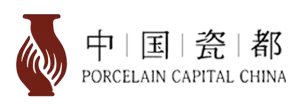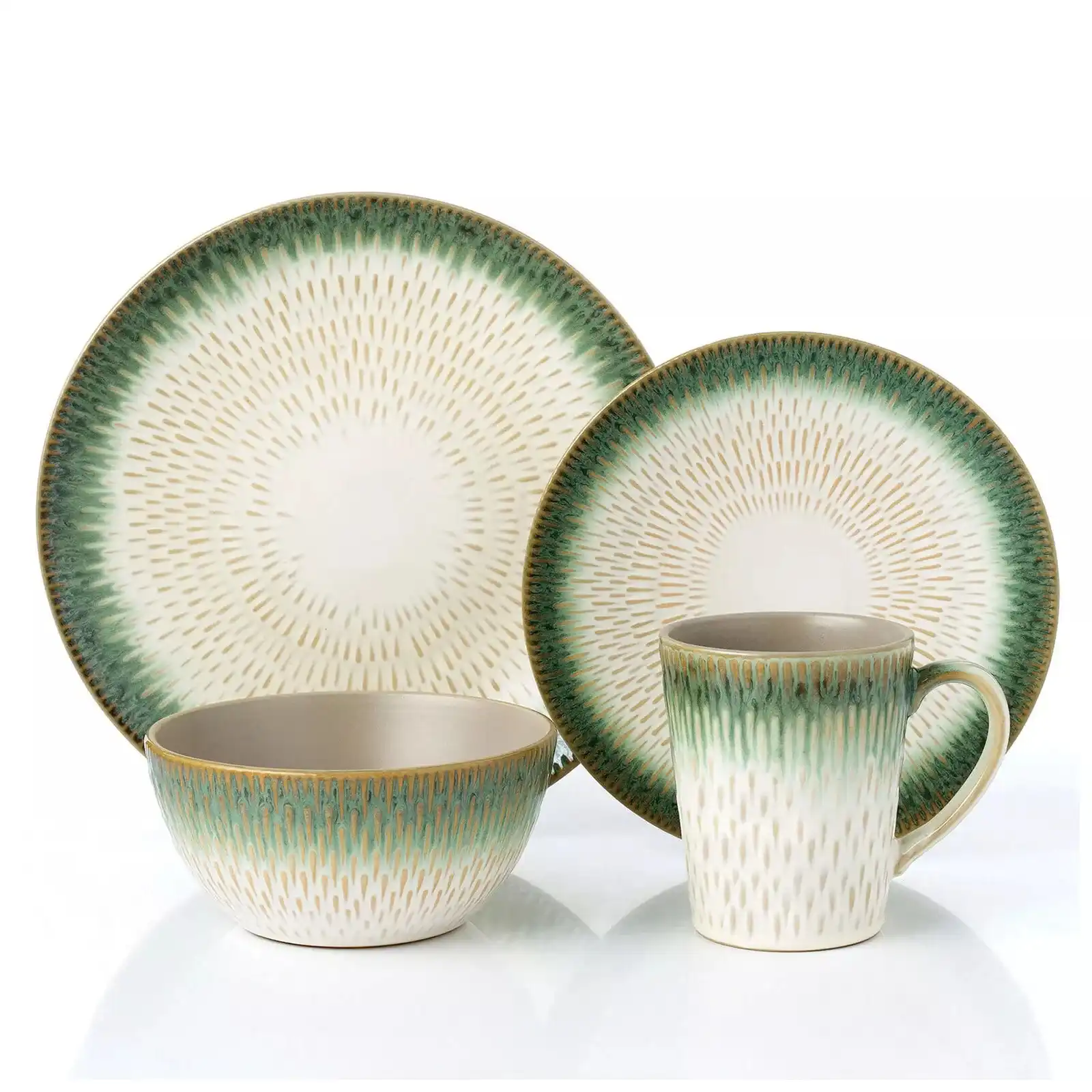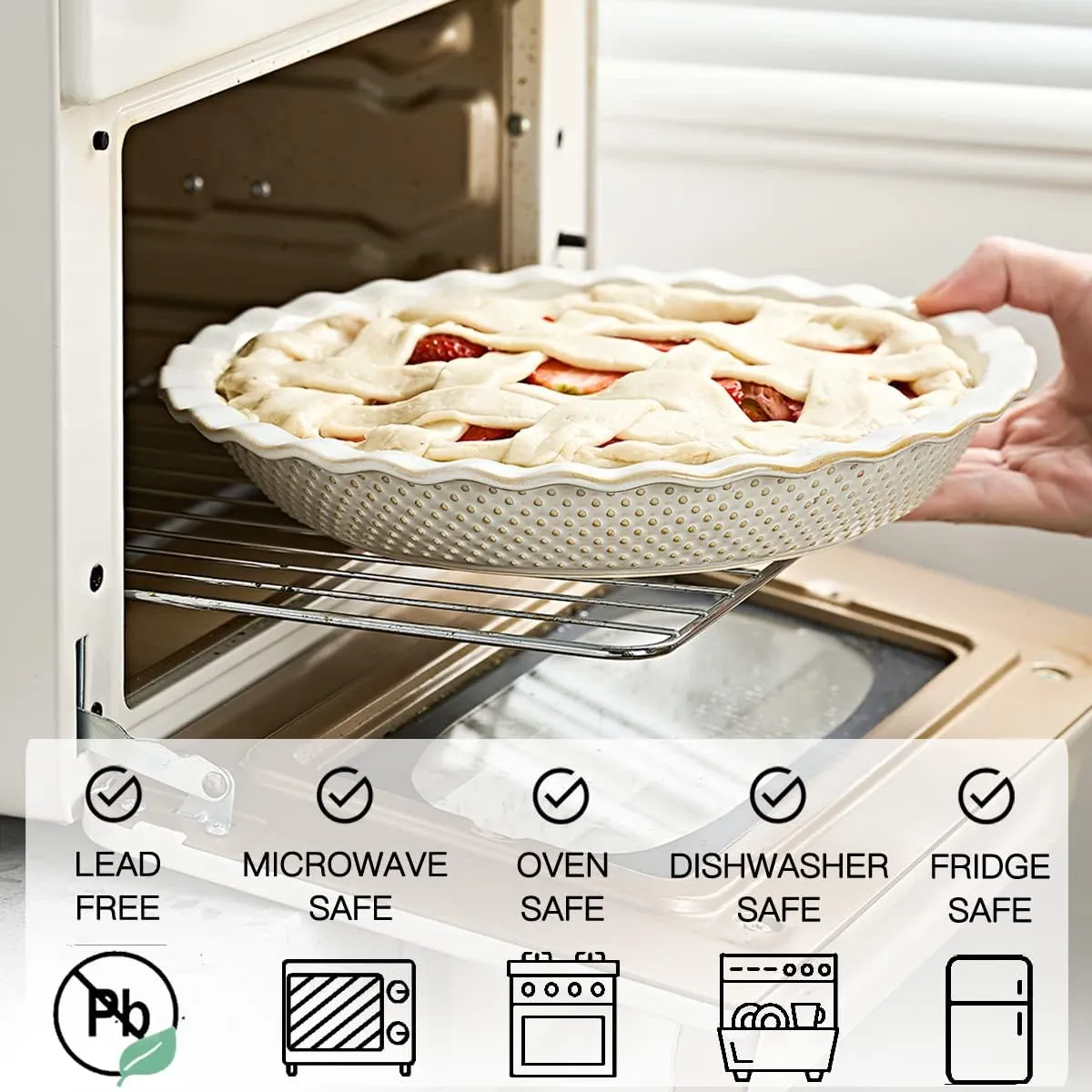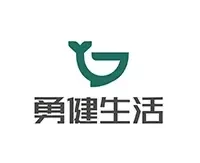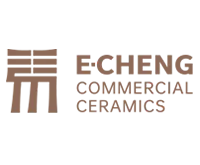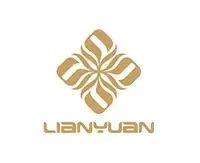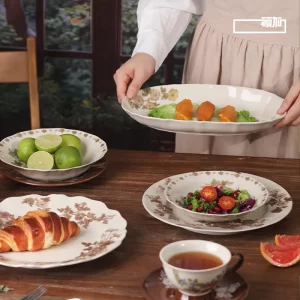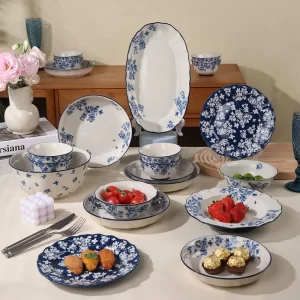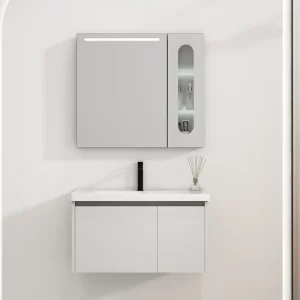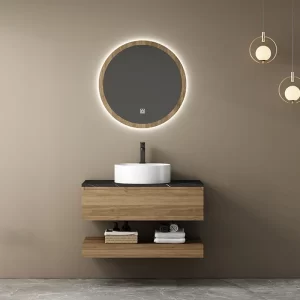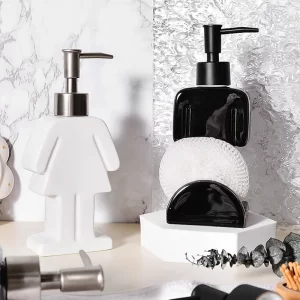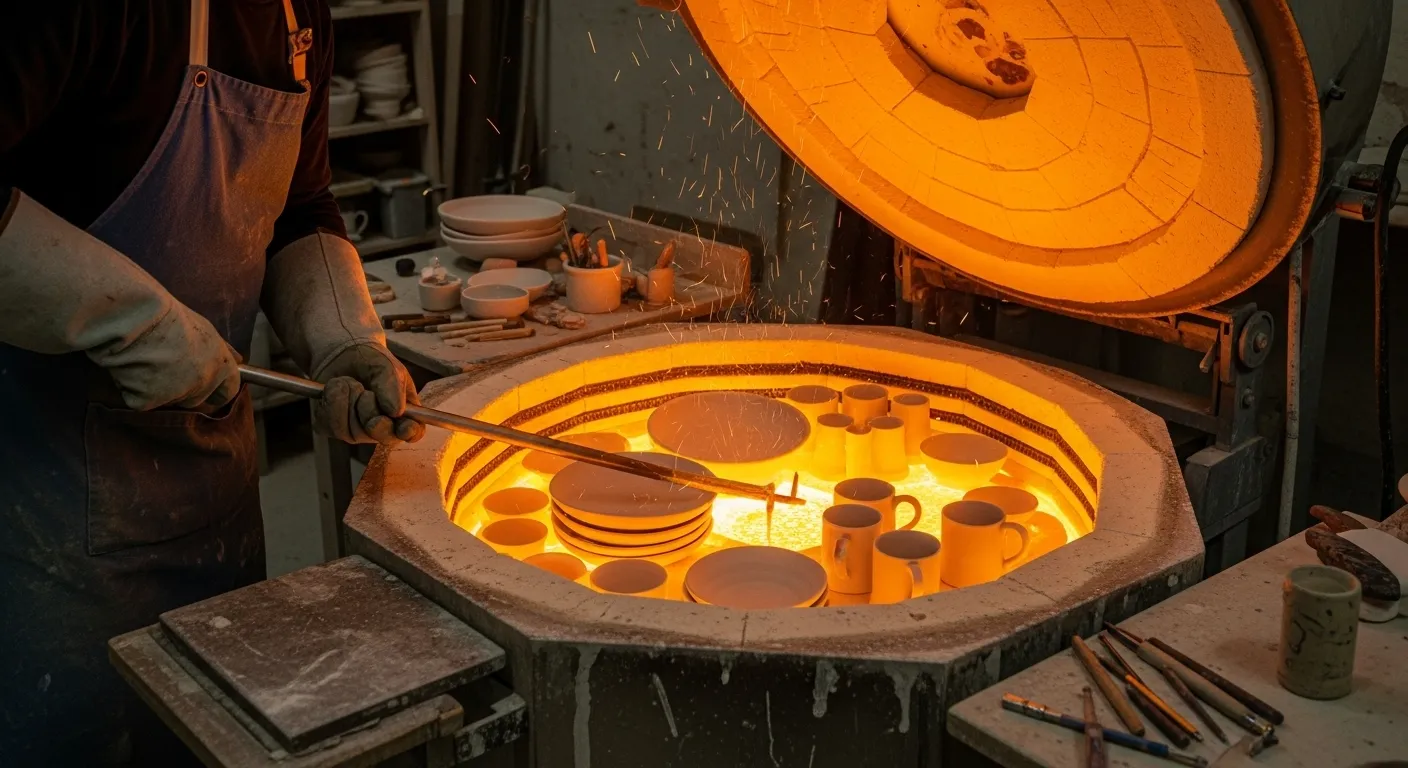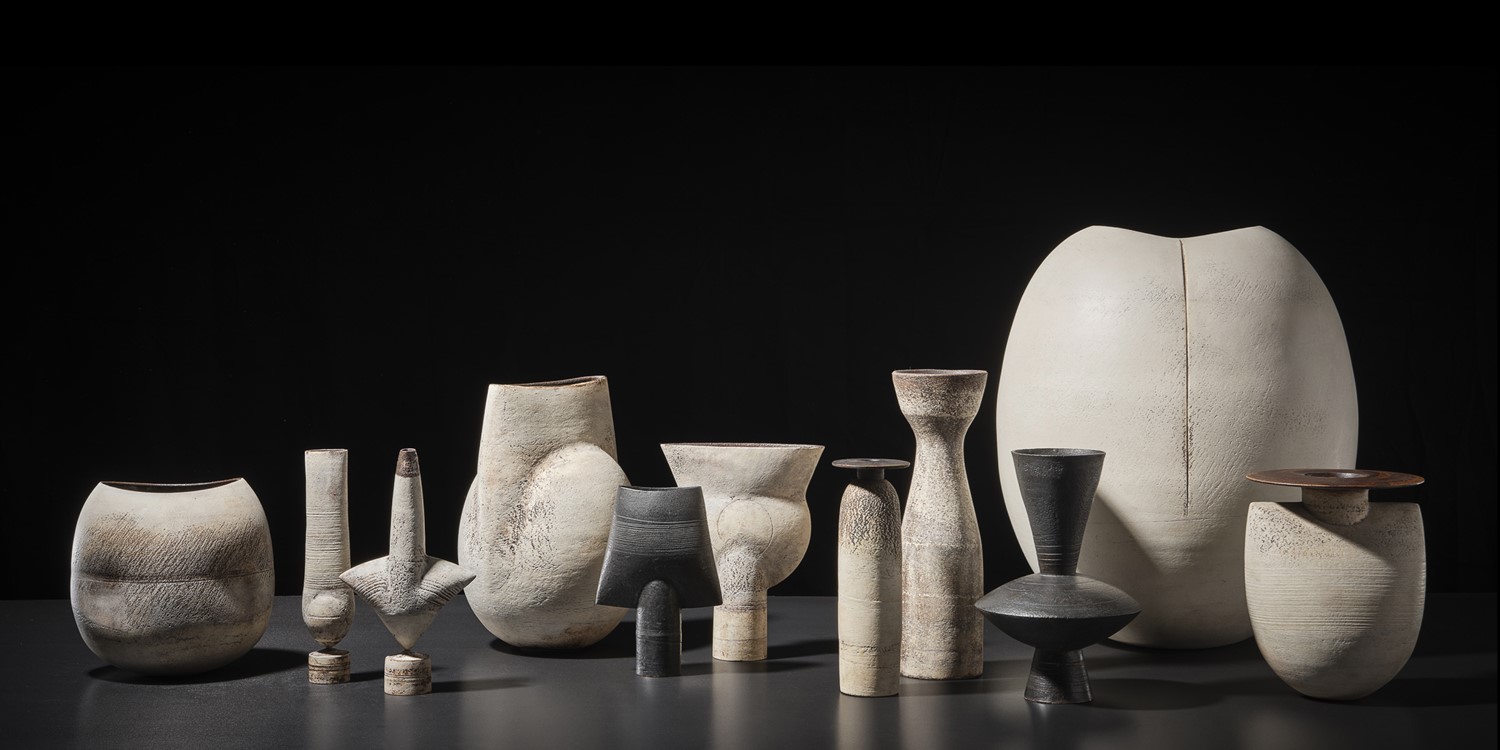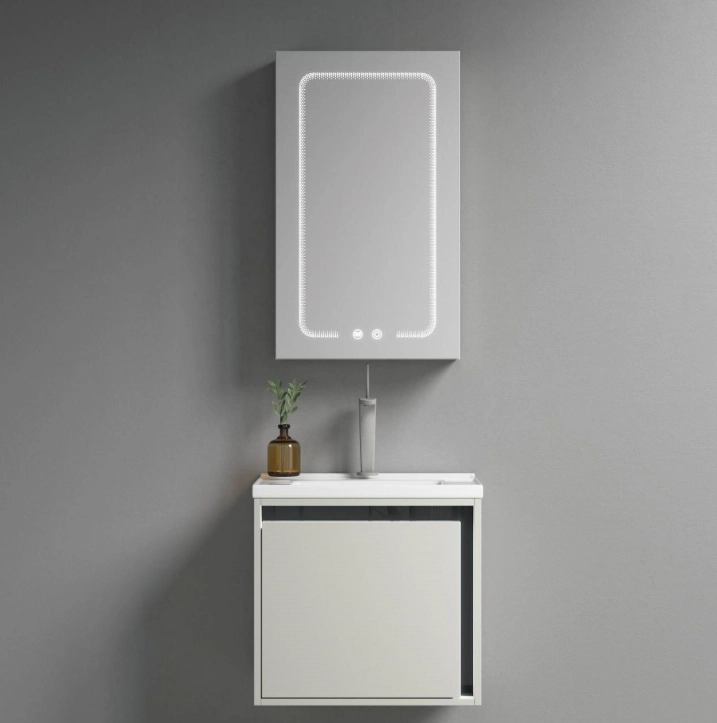Pourquoi la sécurité de la vaisselle en céramique est-elle si importante ?
La vaisselle en céramique est largement appréciée pour son attrait esthétique et son aspect pratique, mais des processus de production ou des choix de matériaux inappropriés peuvent présenter des risques pour la santé :
- Lixiviation des métaux lourds : Les émaux de mauvaise qualité peuvent libérer du plomb et du cadmium lorsqu'ils sont exposés à des aliments acides (comme la sauce ou le jus de tomate).
- Rupture par choc thermique : La céramique ordinaire est susceptible de se fissurer sous l'effet de brusques changements de température, ce qui présente un risque de brûlure.
- Croissance microbienne : Les micropores ou les fissures en surface peuvent servir de lieux de reproduction pour les bactéries.
Support de données :
Selon la FDA américaine, 1 200 plaintes ont été déposées dans le monde en 2022 concernant la contamination par des métaux lourds dans la vaisselle en céramique. Cependant, les entreprises d'exportation de céramique de Chaozhou, en Chine, ont réduit la lixiviation du plomb à 0,01 μg/cm² (bien en dessous de la norme européenne de 0,5 μg/cm²) grâce à l'utilisation de la technologie de la nano-glaçure.
Le Association des fabricants de céramique de Chaozhou s'est associé à des entreprises locales pour lancer le "Safe Ceramic Certification Program". La vaisselle en céramique de toutes les usines participantes est soumise à des tests sur les métaux lourds, et des rapports de tests transparents sont fournis pour garantir la conformité avec les normes internationales telles que FDA et LFGB.
Sécurité des matériaux : Comment identifier les céramiques de haute qualité ?
Composition de la glaçure : Sans plomb ≠ Absolument sans danger
- Émaux traditionnels : Contiennent des agents fondants au plomb pour abaisser les températures de cuisson, mais peuvent migrer dans les aliments.
- Alternatives modernes :
Émaux borosilicatés : Réaliser des cuissons à basse température sans plomb (par exemple, la glaçure écologique développée par l'Institut de recherche céramique de Chaozhou).
Glaçure à base de zirconium : Brillance élevée et grande stabilité chimique.
Méthodes d'essai :
- Test à domicile : Tremper la vaisselle dans du vinaigre pendant 4 heures ; si la surface de l'émail devient blanche, il se peut qu'elle contienne des composants instables.
- Tests en laboratoire : Mesurer avec précision la teneur en métaux lourds à l'aide d'un spectromètre ICP-MS .
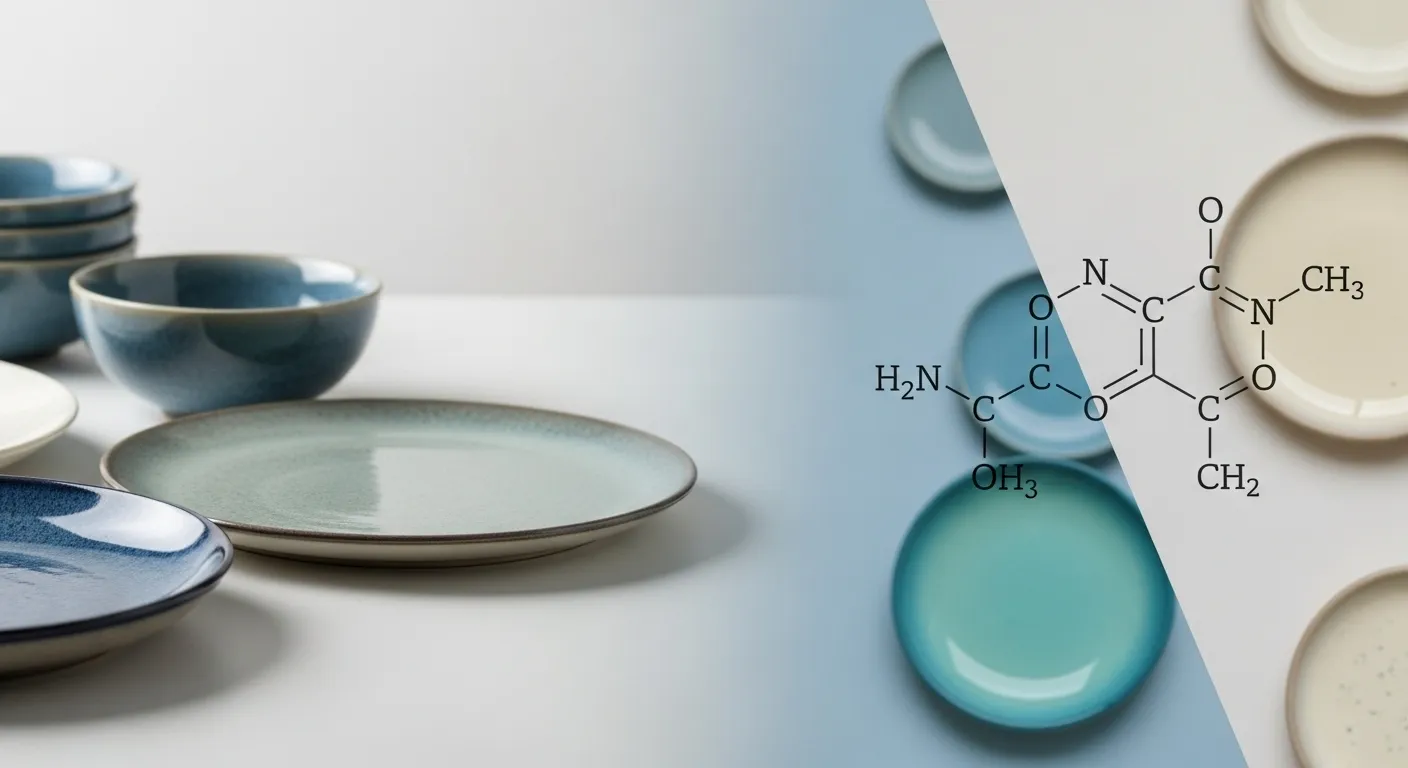
Sécurité de la production : Un contrôle complet du four à la table
- Cuisson à haute température et décoration à basse température
Décoration sous glaçure à haute température (1200°C+) : Les pigments fusionnent avec la couche de glaçure, ce qui les rend moins susceptibles de s'écailler (par exemple, la technique de la porcelaine bleue et blanche de Chaozhou).
Décoration sur glaçure à basse température (<800°C) : Couleurs vibrantes mais sujettes à l'usure, éviter le contact avec des objets durs (recommandé pour un usage décoratif uniquement).
- Normes internationales de certification
| Type de certification | Normes clés | Avantages de Chaozhou Ceramics |
| FDA (États-Unis) | Plomb ≤0,5μg/cm², Cadmium ≤4,5μg/cm². | Yong Jian Ceramic a passé avec succès le test des 10 cycles |
| ISO 22915 | Test de résistance aux chocs thermiques (220°C → 25°C, 5 cycles sans fissures) | La céramique Yong Jian a passé le test des 10 cycles |
| LFGB (Allemagne) | Test de migration pour les matériaux en contact avec les aliments | 98% de la vaisselle exportée par Chaozhou répond à la norme (Source : Chaozhou Ceramic Association) |
Assurance de la chaîne d'approvisionnement :
Association des fabricants de céramique de Chaozhou intègre fabricants de céramiques de haute qualité à Chaozhou par l'intermédiaire de sa plateforme, garantissant le contrôle de la qualité tout au long du processus, de l'approvisionnement en matières premières à la livraison du produit fini, grâce à un "solide réseau de la chaîne d'approvisionnement", aidant les entreprises à obtenir rapidement des produits certifiés.
Sécurité d'utilisation : Entretien quotidien et inspection des risques
Essais de résistance à la chaleur
- Passe au micro-ondes: La vaisselle en céramique pure sans bords métalliques peut être utilisée en toute sécurité dans les micro-ondes (par ex, Jinhua(les marmites résistantes à la chaleur).
- Four/Lave-vaisselle: Choisissez des produits étiquetés "Oven Safe" et évitez les changements rapides de température entre le chaud et le froid.
Prévention de la croissance bactérienne
Technologie de revêtement antibactérien : Yong Jian Ceramic incorpore des nano-ions d'argent dans l'émail, ce qui permet d'obtenir un taux d'inhibition bactérienne de 99,9% (testé conformément à la norme GB/T 21510-2008).
Recommandations de nettoyage :
- Évitez d'utiliser de la laine d'acier pour frotter la surface de l'émail ; utilisez plutôt une brosse à poils doux avec un détergent neutre.
- Cessez immédiatement d'utiliser la vaisselle fêlée (les taux de croissance bactérienne peuvent être multipliés par cinq).
Conclusion : La tendance future des céramiques de sécurité
Avec la Institut de recherche sur la céramique de Chaozhou Avec l'introduction de couches d'émail autonettoyantes et de systèmes de détection des défauts par l'IA, les normes de sécurité pour la vaisselle en céramique continueront d'évoluer. Il est conseillé aux consommateurs de privilégier les produits étiquetés "sans danger pour les aliments" et "sans plomb" et accompagnés de rapports d'essais.
Appel à l'action :
Vous souhaitez en savoir plus sur les rapports d'essais de sécurité des céramiques ? Visitez le site Association des fabricants de céramique de Chaozhou pour accéder à la liste des fournisseurs certifiés, ou contactez directement l'équipe pour des solutions personnalisées !
